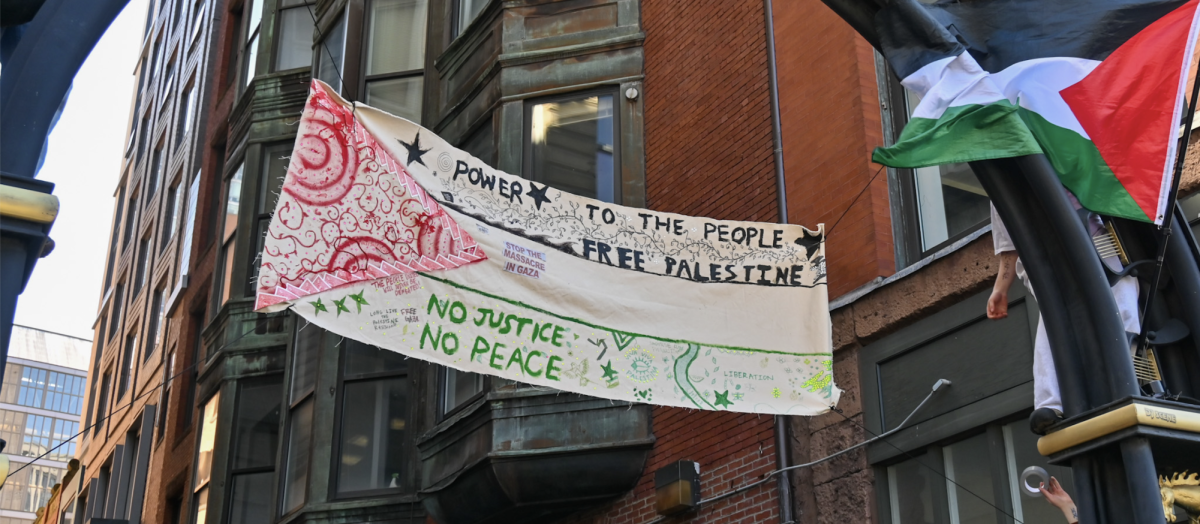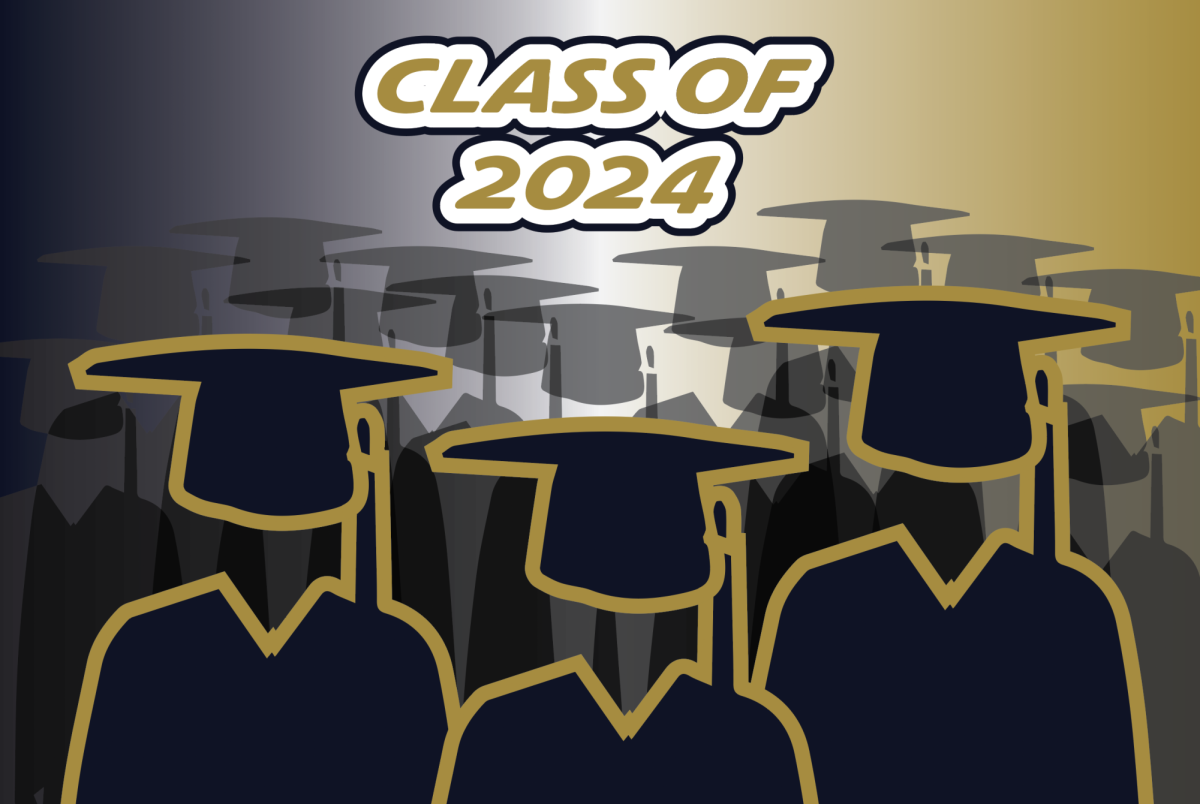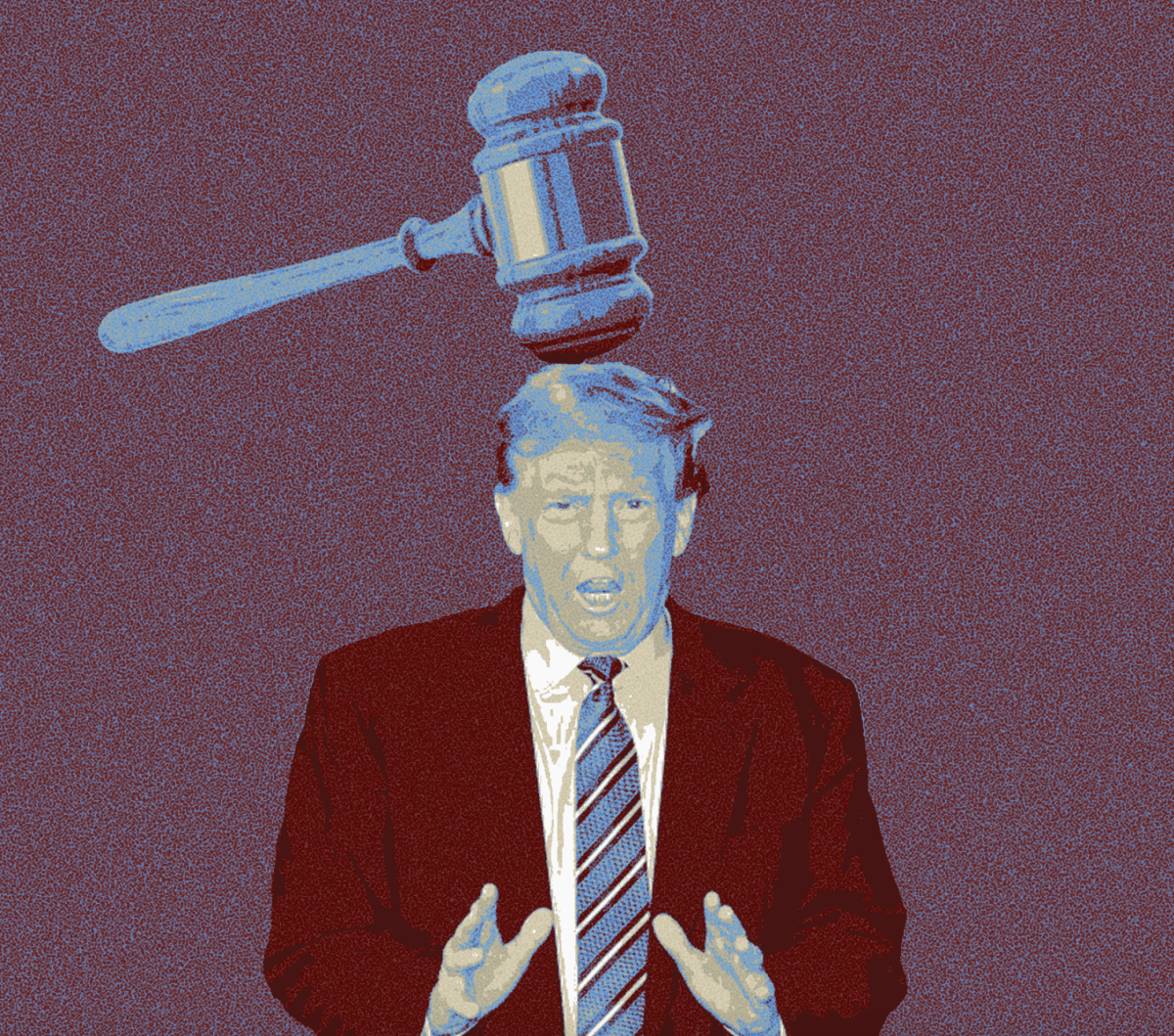For many voters, 2016 presented a difficult dichotomy. The nominee from each major political party was widely unpopular, even amongst the party’s respective bases. Hillary Clinton and Donald Trump were disliked by more voters than perhaps any other nominees in modern political history. Just before the election, a USA Today poll of registered voters showed exactly how dire the situation was for both candidates. Clinton had 59 percent un-favorability, and Trump had 60 percent. Yet, their names were at the top of the ballot, sparring in three nauseating debates throughout the fall of 2016 and absorbing press coverage like sponges. The main narrative: we are all you got.
However, they were not. On the ballot in most states were both two-term governor and Libertarian Gary Johnson and physician and Green Party member Dr. Jill Stein. While Johnson and Stein were seen by many, as the only two serious third-party contenders there were dozens more. In 23 states, there was attorney Darrell Castle of the Constitution Party, in 10 states, Independent Evan McMullin, former CIA agent and chief policy director for the House Republican Conference, as well as countless others. There was also Rocky De La Fuente of the Reform Party, the party Ross Perot ran under in 1996 and received eight percent of the popular vote. One cursory look at election results shows more than twenty other choices in the political spectrum.
Why, then, in a year where the two major party’s respective nominees were so unpopular, and there were so many other choices, did third parties fail so miserably?
Their primary problem is ambition. America’s third parties aim too high, too soon. Strong voter bases of committed party loyalists may not decide elections the way independents do, but they sure do help political parties in a myriad of ways, especially with financial support. Strong parties are built on the state and local level. None of the minor third parties have the necessary base to support a successful batch of candidates for federal or state office. There are no Greens, no Reformers, no Constitutionalists in any state houses, nor in either house of U.S. Congress, for this very reason. The only third party to succeed in this is the Libertarian Party, which has several state legislators and around 200 lower-level office holders and boasts growing enrollment numbers. Beyond that, there isn’t a third party that has proven itself capable of supporting itself as a political entity.
What about Trump? Wasn’t he a top-down candidate, having had no experience in government prior to running? Not exactly. What the President did is different than what third parties are doing. Trump used an existing mechanism — a fractured Republican Party — as a means for his political rise. Trump’s brand was his inexperience. His weapon was his otherness.
And his pitch was of “I am not one of them.” But even with his anti-establishment, at the end of the day he still had a major organization backing him. Our current third parties do not.
But what would it take for a third party to break out onto the main stage next cycle? First, third parties need to stop running candidates during presidential elections. Presidential elections alone, but presidential elections certainly hamper the efforts of these parties to establish a sort of electoral legitimacy. A party must first entrench itself in local and state politics. They need to run candidates for school board, water commissioner, mayor, city council, and school committee. The direction of the party has to come from the ground up.
Above all, third parties need to identify and listen to their target base. While there is a constituency for the Greens, Libertarians, and other third parties, those are relatively small bases. They certainly want a third party — 61 percent of those polled by Gallup back in September 2017 said that the Democratic and Republican parties are insufficient. What most Americans want is a candidate who is toward the center on most issues.
The last few years have demonstrated that America is ready to move past a two party system. While exactly what that may look like is not yet clear, but we saw in 2016 what it won’t look like. A viable third party will be here to stay when it can get elected at all levels of government.
To win, that candidate must appeal to middle America — the large chunk of the country between the far left and far right that believe this has all gone on for far too long. Only when all of these criteria are met will a third party flourish. Until then, the other two are all we have got.
A party must first entrench itself in local and state politics. They need to run candidates for school board, water commissioner, mayor, city council, school committee. The direction of the party has to come from the ground up.









John Grimm • Jul 31, 2020 at 8:38 pm
The United States need a
third political party,
like the United States
need the coronavirus.